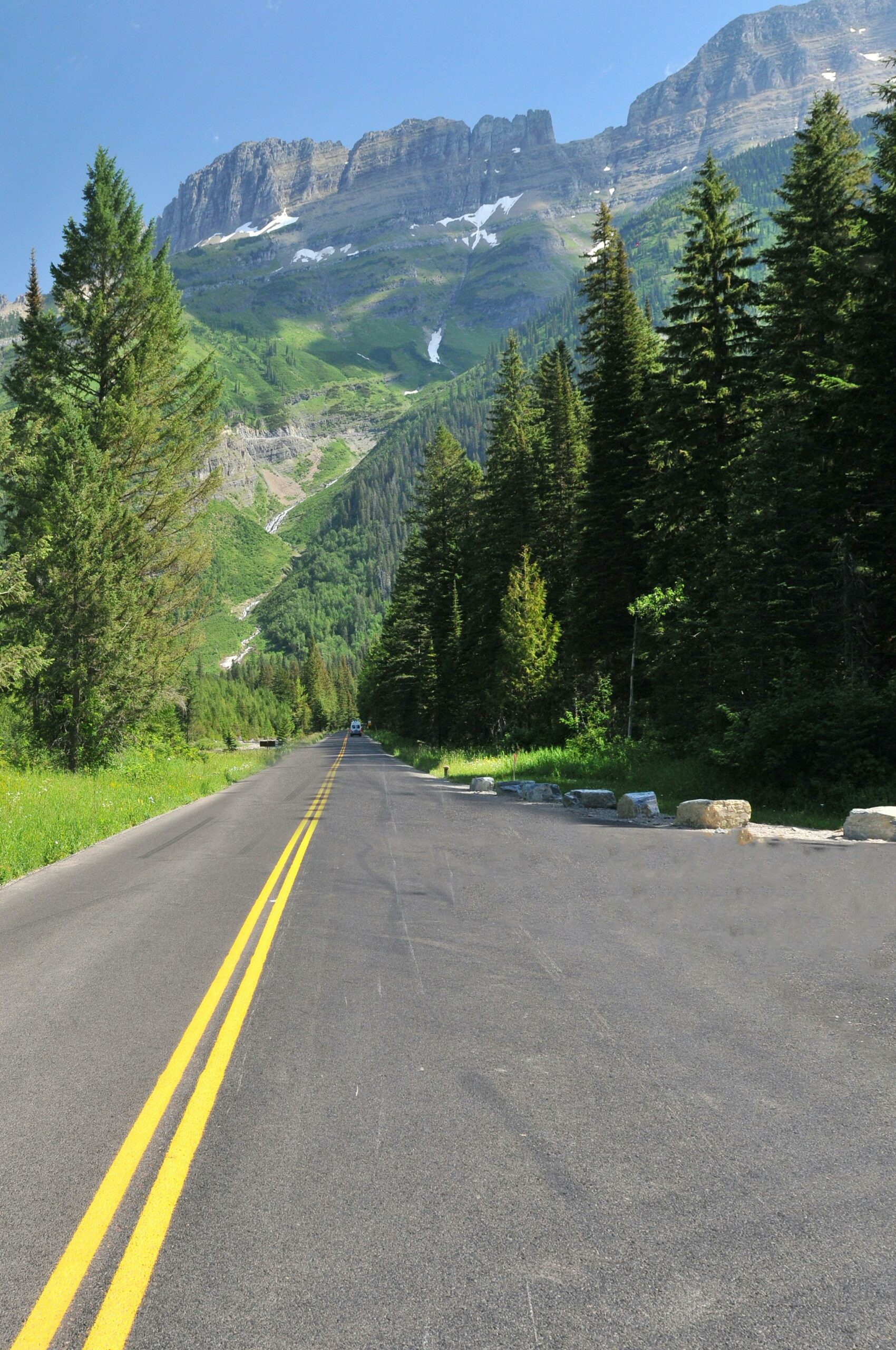Montana’s $8 Billion Infrastructure Upgrade: What It Means for Freight, Roads, and Rural Access

What happens when a rural state becomes a critical player in America’s freight future? Montana’s nearly $8 billion infrastructure overhaul is transforming more than just highways and bridges, it’s reshaping how goods move across the West.
With key investments in trucking corridors, rural access, rail, and broadband, Montana is positioning itself as a logistics hub with national reach. These improvements are strengthening supply chains, supporting local economies, and preparing critical routes for decades of growth and innovation.
Where the Money Comes From
Montana’s infrastructure overhaul is largely driven by funding from the Infrastructure Investment and Jobs Act and the Inflation Reduction Act, which together are delivering billions to the state. Around $3.1 billion has been allocated specifically for roads and bridges over a five-year period.
In addition to that, roughly $2 billion in combined state and private investment is flowing into complementary areas like broadband, water systems, and logistics technology. These federal programs were designed to assist states with large geographic areas and sparse populations, Montana being a prime example.
The Montana Department of Transportation plays a central role in determining how these funds are spent. The state leverages its federal dollars through cost-sharing programs and long-term planning frameworks like TranPlanMT.
Priorities include ensuring road safety, improving freight corridors, and enhancing rural access. Importantly, much of this investment is focused on ensuring that Montana’s infrastructure meets modern standards without losing sight of the state’s unique geographic and economic needs.
Safety and Sustainability: Long-Term Goals in Motion
Infrastructure investment in Montana isn’t just about moving more freight, it’s also about moving it safely. The state’s Highway Safety Improvement Program is focusing on reducing fatalities and serious injuries, particularly in rural and high-speed areas.
Enhanced signage, better lighting, guardrails, and clearer lane markings are all part of the plan. Road construction zones are also being addressed with updated safety protocols, which are especially important given the long distances many workers and truckers travel. In the event of a serious incident, especially involving commercial vehicles, consulting a Montana truck accident lawyer can help injured parties understand their legal options and pursue appropriate compensation.
Sustainability is also entering the equation, even in a traditionally fossil-fuel-heavy state. Projects include using longer-lasting, eco-friendly road materials, as well as planning for electric freight vehicle charging infrastructure. While the transition to electric freight is still in early stages, Montana is taking steps to ensure its road network is compatible with future needs.
Roads and Bridges: Fixing the Freight Backbone
Montana relies heavily on its extensive highway network to support freight movement, yet about 30% of its major roads are rated in poor or mediocre condition. This has a direct impact on vehicle maintenance costs and travel efficiency, especially for heavy trucks moving goods across long distances.
Investments are being directed toward resurfacing, widening, and reinforcing critical stretches of highway, including major east-west and north-south corridors. These upgrades not only reduce wear on commercial vehicles but also improve safety during Montana’s harsh winters.
Bridges are another high-priority area. Approximately 7% of bridges in the state are considered structurally deficient, with nearly half older than 50 years. New funding is accelerating repair and replacement schedules, particularly for structures that are vital for agricultural transport and logging routes. These upgrades are essential for maintaining legal weight limits and reducing detours for truckers, which in turn supports the reliability of regional and national freight logistics.
Freight Flow and Trucking: Supercharging the Supply Chain
Montana sits at a crossroads of major freight routes connecting the Pacific Northwest, the Midwest, and Canadian trade corridors. That geographic advantage means trucking remains the dominant mode of freight movement, and the infrastructure funding is helping ensure these routes remain efficient and safe.
Improvements to truck weight stations, highway rest stops, and bridge load capacities are making long-haul transport more manageable. In a state where some routes can stretch hundreds of miles between towns, reliable infrastructure is not optional, it’s foundational.
Looking forward, there’s an increasing push to prepare these routes for future freight trends. This includes planning for electric vehicle corridors that can accommodate heavy-duty trucks, as well as more intelligent traffic management systems to reduce congestion and improve safety.
Though Montana’s population is small, the volume of goods passing through the state is growing, and the upgrades are designed to future-proof key freight arteries without disrupting current operations.
Rail, Pipeline, and Air
While trucking is dominant, Montana’s freight network is deeply interconnected with rail, pipelines, and air transport. Rail is particularly important for bulk shipments like grain, lumber, and mined materials.
Thousands of miles of active track run through the state, and federal investment is helping modernize rail infrastructure, including siding extensions and improved crossings. These enhancements allow trains to move more efficiently, especially in rural areas where demand often outpaces infrastructure.
Pipelines and air freight are also part of the upgrade equation. Montana has an expansive pipeline system that moves oil, gas, and other liquid products, and ongoing maintenance is supported in part by new funding streams.
Air cargo, while smaller in volume, has been growing steadily and is especially important for high-value or time-sensitive goods. Upgrades to public-use airports across the state support both cargo and passenger growth, ensuring that even remote areas stay connected to broader markets.
Why This Matters Nationwide
Montana’s infrastructure improvements may seem like a local issue, but they have national implications. Many of the goods that flow through Montana don’t start or end there, they’re part of broader supply chains connecting coastlines, border crossings, and industrial hubs. Whether it’s agricultural products heading to global markets or essential goods crossing the Rockies, Montana’s infrastructure serves as a vital link in the chain.
Looking ahead, freight volume through Montana is expected to rise significantly, with projections suggesting a 30% increase by 2050. The current investments aren’t just patchwork fixes, they’re foundational upgrades designed to handle future demand. By strengthening its roads, bridges, and multimodal networks today, Montana is helping secure a more reliable and resilient supply chain for the entire country.
Conclusion
Montana’s infrastructure investment is more than a regional upgrade, it’s a strategic move with national consequences. By reinforcing freight corridors, modernizing logistics networks, and expanding rural connectivity, the state is securing its role in the broader movement of goods across North America.
As demand for efficient, resilient supply chains grows, Montana’s roads, rail lines, and digital infrastructure are becoming essential links in keeping freight moving and communities connected.
Miss Clipping Out Stories to Save for Later?
Click the Purchase Story button below to order a print of this story. We will print it for you on matte photo paper to keep forever.

